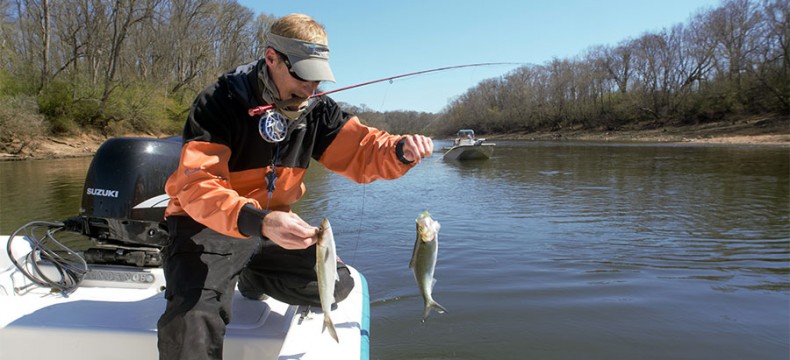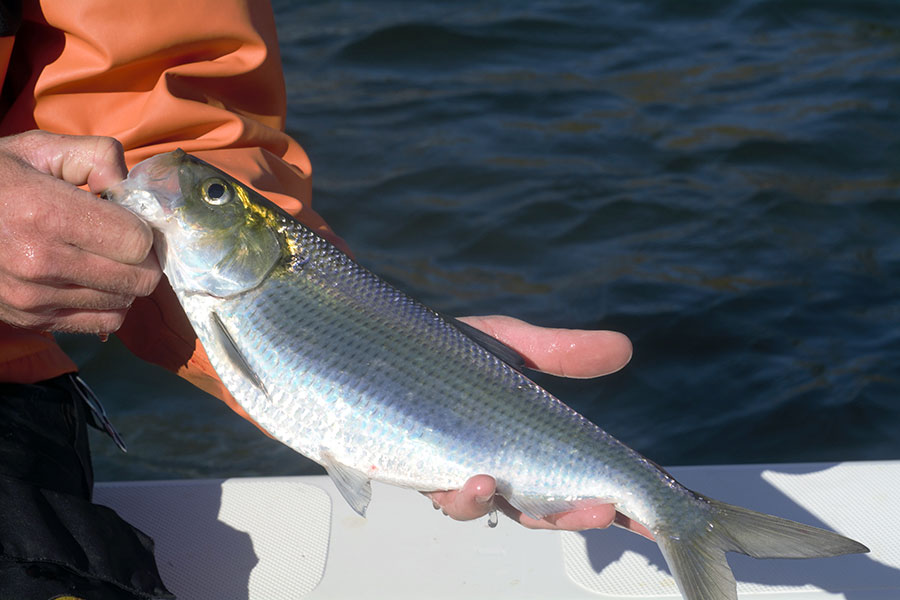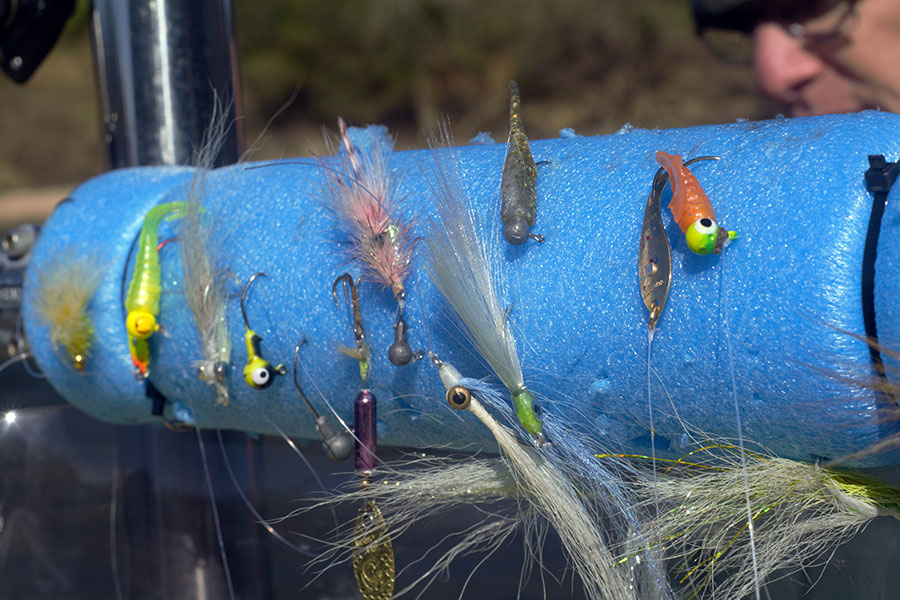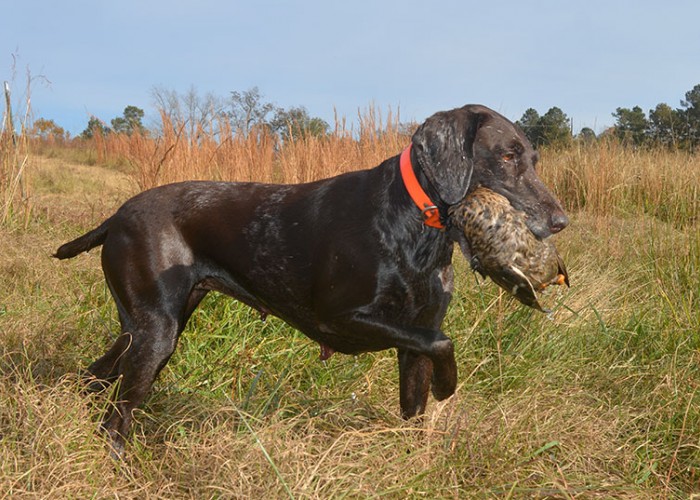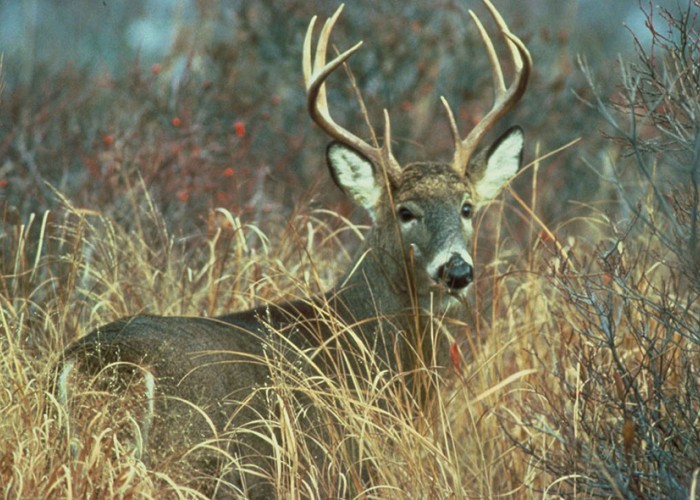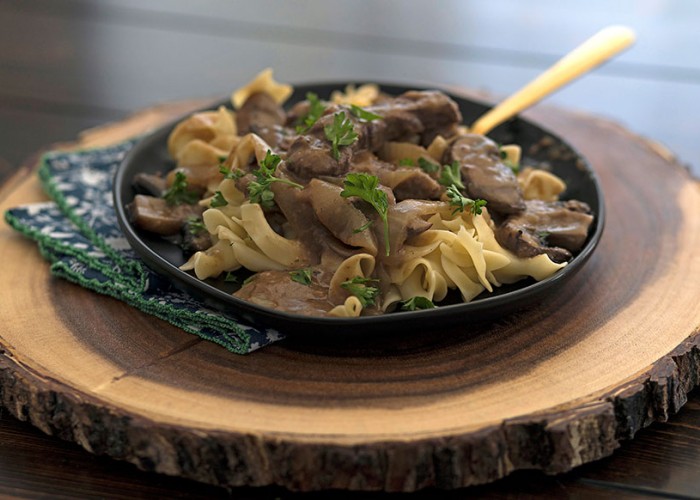Shad: Harbingers of Spring
Warmer weather brings shad up coastal rivers
By Mike ZlotnickiGuide Mitchell Blake lands a hickory shad for a client on the Roanoke River. Photo by Mike Zlotnicki.
One of the many blessings of living in the Tar Heel State are the myriad fishing opportunities. From the mountain streams to the Gulf Stream, there is something for any angler.
Two species that “ring in” the start of spring fishing are the American shad and the hickory shad. Starting in February and lasting into early April, these shad species start spawning runs up coastal rivers like the Roanoke, Tar, Neuse and Cape Fear. (The fish, like striped bass, are anadromous, meaning they live in salt water and spawn in fresh water.)
The American (or white) shad are larger than the more common hickory shad. American shad average 2–4 pounds, while hickories grow 1–2 pounds. When they’re thick it’s not hard to catch 50 to 100 “hicks” in a day’s fishing. To identify shad, look at their jaw. Hickory shad have a protruding jaw that looks pouty. The American shad does not have this feature and their lips are even when their jaw is closed.
Equipping for the catch
Tackle is pretty straightforward. For conventional tackle, a light or ultralight spinning rod with 6- to 8-pound test is fine. Lures for shad include shad “darts” (a type of jig) and small spoons, sometimes in tandem with the spoon at the bottom and a dart and foot or two above on a short leader tied to a swivel. Rick Goines of Tarboro is a veteran shad angler and outdoor writer, and his favorite shad rig is the Custom Jimmy-D Shad Rig, hand-tied by Jimmy Dupree, Jr. of Tarboro. It is a tandem rig consisting of a one-eighth ounce green jig head, a green curly grub, and a 1½-inch green Nungesser spoon.
You can certainly just use small crappie jigs, marabou or plastic bodied, in green, chartreuse and pearl. Fly-anglers use 4- to 6-weight outfits and sinking lines. Many use Clouser minnows in Crazy Charlie style in hot pink/chartreuse and red/gold. Green seems to be a common color in jig bodies.
For shad fishing, casting from a boat is best, and on the Roanoke you will see everything from canoes to cabin cruisers. There is some limited bank fishing spots available, as well. Goines identified these locations as shad hot spots (originally published in Wildlife in North Carolina magazine):
| The Shad Hole | 35.894168, -77.531993, 103 E. River Road, Tarboro |
| The Pipe | 35.976956, -77.724044, NC Highway 97 East, Rocky Mount |
| Battle Park | 35.959824, -77.794831, Falls Road @ US 64 E, Rocky Mount |
| Weldon | 36.4267323,-77.5906955, Rockfish Park, Rockfish Drive, Weldon |
Daily creel limits for American and hickory shad vary by river and species combination, so consult an NC Wildlife Resources Commission regulations digest before fishing (available online). Creel limits by species can also be found online.
-
More NC Outdoors
-
Share this story:

